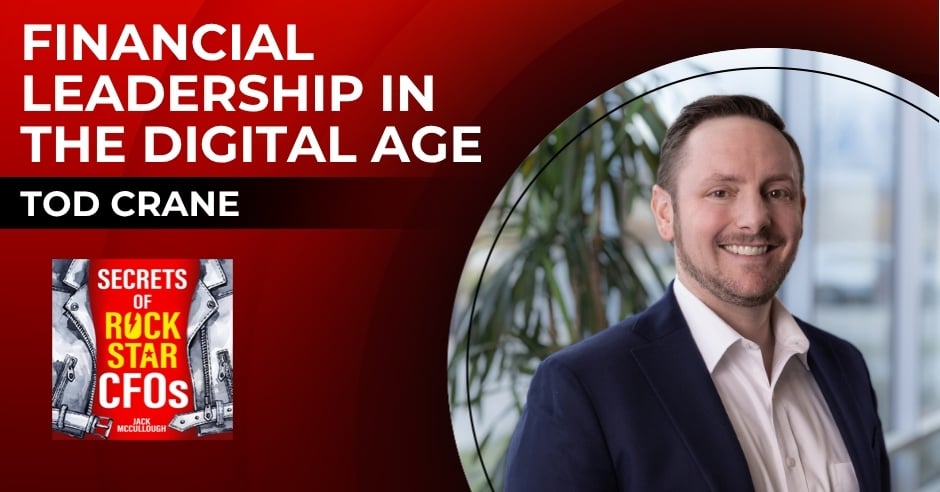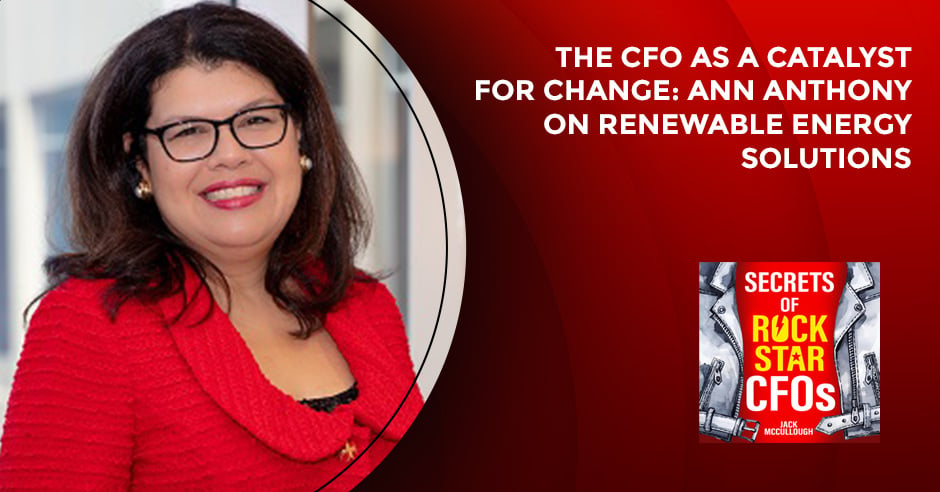In an ideal world, every merger or acquisition would be ideally, strategically aligned and drive hundreds of millions of dollars (or more) in sales over many years while transforming a market or product category to the advantage of the merged entity. A CFO can dream.
In reality, creating value from an M&A deal is a challenging endeavor in the best of times. In a highly unpredictable business environment, it becomes even more difficult.
Alex Shahidi, senior managing director and transaction services leader at Riveron, the Dallas-based business advisory firm, offered to give us a glimpse of what it takes for an acquirer to pull off a successful deal and manage the risks that have the potential to derail months of planning, focus and investment.
Drawing on more than two decades of experience with complex transactions, Shahidi explains why CFOs and their deal teams must be detailed in their diligence but always looking several steps ahead.
What’s one strategic shift you’ve seen in how companies approach the transaction lifecycle in 2025, and how are you helping clients adapt to those changes?
One of the more significant shifts we’re seeing in 2025 is that companies are preparing for post-close activities earlier and more holistically, often during the diligence phase. In today’s market, where the macroeconomic environment is uncertain and execution risk is high, buyers can’t afford to wait until the ink dries to start thinking about integration, synergy realization or day-one readiness. They’re recognizing that a successful transaction is about constantly asking, “What happens next?”
On a practical level, what does that require?
Company leaders and their deal team, including advisors, should think ahead by embedding integration planning and operational readiness into the early stages of the transaction lifecycle. That means aligning stakeholders around a future-state vision, identifying potential roadblocks upfront and developing a detailed execution roadmap before the deal closes. This proactive approach not only de-risks the transition but also accelerates value creation post-close.
What separates a successful deal from a failed one, and what can finance leaders do early on to set up transactions for long-term success?
It often comes down to what happens immediately after the close. While upfront diligence is critical, I’ve found that conducting a focused diagnostic to identify value creation and process improvement opportunities prior to the transaction close is what truly sets the tone for long-term success.
This pre-close diagnostic sets the stage for a rapid post-close evaluation of identified opportunities, allowing finance leaders to assess the health and readiness of core processes quickly, including everything from reporting and close cycles to systems and internal controls. It builds on the early prep done during diligence, the difference being now [the team has] full access to the organization’s people, data and operations. That visibility is essential for identifying operational gaps, prioritizing integration tasks and surfacing opportunities for quick wins.
Rather than waiting for issues to emerge, this approach empowers teams to act with precision and speed. Finance becomes a catalyst for value creation by ensuring the business is equipped to deliver on day one and beyond.
With regulatory scrutiny increasing and financial complexity rising, what are some best practices you recommend for guaranteeing strong financial due diligence?
As financial and geopolitical environments become increasingly complex, due diligence must extend beyond a standard checklist. One of the most important best practices is to proactively assess how external pressures, such as tariffs and currency fluctuations, could impact a company’s financial stability and future performance.
That starts with evaluating where a company sources from and sells to, and modeling tariff scenarios to understand potential impacts on margins, pricing power and revenue forecasts. It’s critical to assess whether the business can pass through cost increases or if those pressures will erode profitability.
I also recommend closely analyzing net working capital trends, especially in sectors that are affected by supply chain disruptions. Are key suppliers stable? Will the company need to carry excess inventory, and how will that affect liquidity? These insights are directly tied to covenant compliance and broader cash flow forecasting.
Finally, scenario planning for exchange-rate movements is essential. Even small fluctuations can have outsized impacts, and stress-testing those assumptions helps buyers build confidence in the deal model and avoid surprises down the line.
What advice would you give to finance professionals who will have a strategic role in M&A transactions in this current cycle?
Besides the need to develop a strong understanding of operations and asking the “why” behind the numbers, I’d also emphasize the importance of adaptability. Today’s deals and business environments are more complex and fast-moving than ever. The CFOs who thrive are those who stay curious, embrace ambiguity and aren’t afraid to step outside their comfort zone to solve problems holistically. The effective strategic finance leader also has the judgment to ask the right questions and the clarity to guide others through change.








